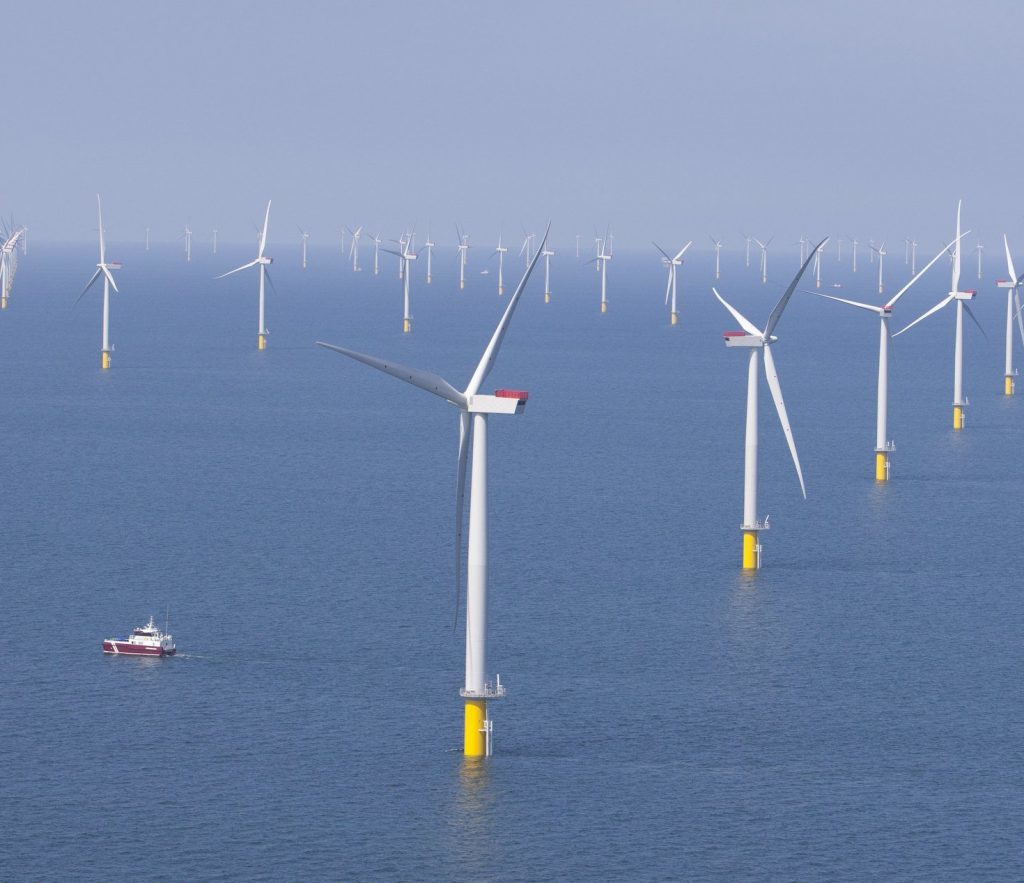
A potential £10billion of offshore renewables development off the Tay and Fife coast has been unlocked after a court ruling.
The Inner House of the Court of Session has dismissed an earlier judgement upholding bird conservation charity RSPB Scotland’s objection that Scottish Ministers erred when granting planning approvals for three major offshore wind farms in the firths of the two rivers.
The most advanced project is the £2 billion 450MW Neart Na Gaoithe wind farm in the outer Forth estuary, which is fully funded and which also has a power contract.
Its developer, Mainstream Renewable Power, said it now intended to move quickly towards the construction phase.
The other two projects are the 784MW Inch Cape array and the Seagreen Alpha and Bravo arrays, which is the largest of the proposed wind farms with a collective potential output of 1050MW.
The development of each array will create hundreds of jobs and help Scotland reach its long-term green energy production targets.
Consents were initially awarded by then Energy Minister Fergus Ewing in the autumn of 2014 but development was stymied when RSPB Scotland intervened to call for a judicial review of the granting decisions.
In July last year, the prospect of the arrays being built was hit when Lord Stewart found in favour of the bird preservation charity’s objection.
However, that judgement has now been set aside.
David Sweenie, the Offshore Manager for Scotland for Neart Na Gaoithe developer Mainstream Renewable Power, said the project will inject more than £1billion directly into the Scottish economy over its lifetime.
“It will create over 500 jobs during construction and over 100 permanent jobs once operational,” Mr Sweenie said.
“More than £540million will be directly invested in Scotland during the construction phase and a further £610million during the operational phase.
“As a nationally-significant infrastructure project, Neart na Gaoithe will help Scotland and the UK meet their climate and energy goals, and develop a world-leading offshore wind sector.
“We have worked closely with a range of partners on the project, including the RSPB and we look forward to continuing to do so as we take the development forward.
“Rapid advances in offshore wind technology have enabled us to reduce the number of turbines to be installed from 125 in the original consent application in 2012, to a maximum of 64 turbines today.
“This is a major step forward for Neart na Gaoithe, which is the only project out of the four offshore wind projects in the Forth and Tay to hold a Contract for Difference (CfD).
“We plan to move quickly with all our partners to bring this project to construction, and deliver the vitally important jobs and investment that it will create.”
Stuart Housden, director of RSPB Scotland said the charity would spend time mulling the judgement before deciding on any new course of action.
“RSPB Scotland is, of course, hugely disappointed by today’s Inner House judgment,” Mr Housden said.
“Whilst we fully support deployment of renewable energy, this must not be at any cost. Combined, these four huge projects threaten to kill thousands of Scotland’s internationally protected seabirds every year, including thousands of puffins, gannets and kittiwakes.
“These could be amongst the most deadly windfarms for birds anywhere in the world. It was with great reluctance and as a last resort, but in these circumstances, it was clear that RSPB Scotland had to make a stand.
“While we are deeply disappointed with today’s decision, given the huge threat to Scotland’s wildlife from these projects, we do not regret our actions so far.
“We will now need to take some time to consider this judgement in detail and consider its wider implications before commenting further.”
The judgement comes just months after SSE, the Perth-based utility company and Seagreen joint venturer, started construction work in the Beatrice array in the outer Moray Firth.
Recommended for you
